OVERVIEW
The global wound care biologics market size is expected to hit USD 2.5 billion by 2024, growing at 9.3 percent CAGR. Market growth is driven primarily by factors such as the rising incidence of diabetic foot ulcers, increasing geriatric population, and increasing global burn injuries.
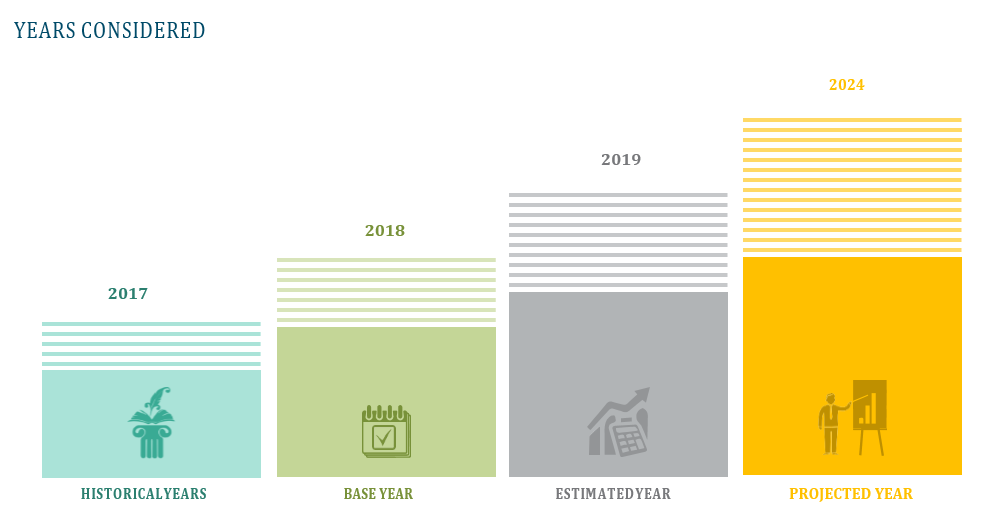


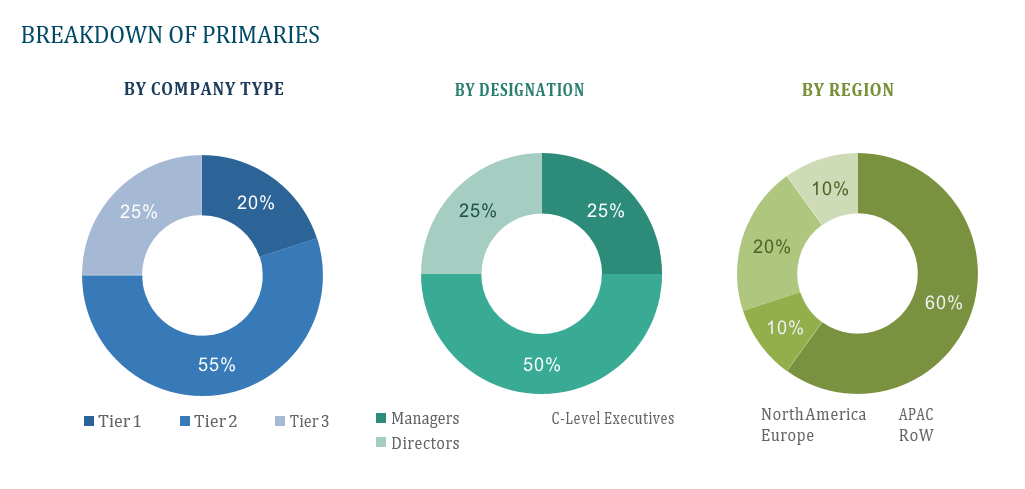
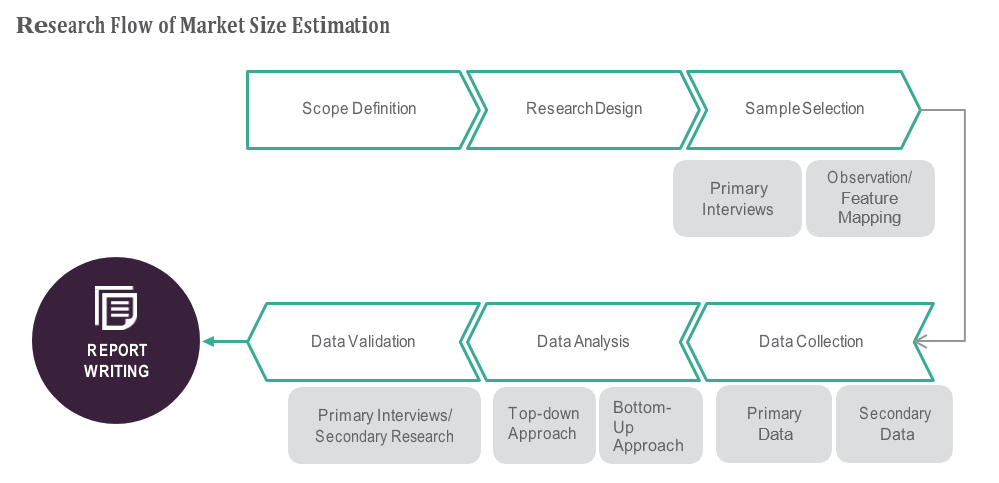

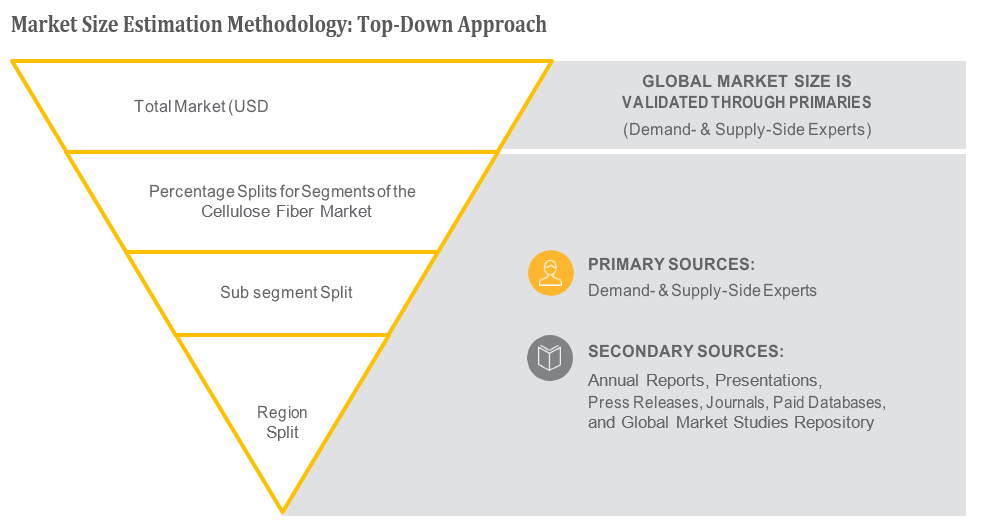
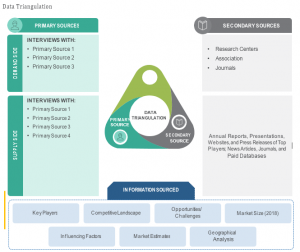
TABLE OF CONTENT
1 Global Wound Care Biologics Market
1.1 Study Objectives
1.2 Market Definition
1.3 Study Scope
1.3.1 Markets Covered
1.3.2 Geographic Scope
2 RESEARCH METHODOLOGY
2.1 Research Data
2.1.1 Secondary Data
2.1.1.1 Key Data From Secondary Sources
2.1.2 Primary Data
2.1.2.1 Key Data From Primary Sources
2.1.2.2 Key Industry Insights
2.1.2.3 Breakdown of Primaries
2.2 Market Size Estimation
2.2.1 Bottom-Up Approach
2.2.2 Top-Down Approach
2.3 Market Breakdown and Data Triangulation
2.4 Research Assumptions
3 Global Wound Care Biologics Market – Executive Summary
3.1 Market Revenue, Market Size and Key Trends by Company
3.2 Key Trends by type of Application
3.3 Key Trends segmented by Geography
4 Global Wound Care Biologics Market – Comparative Analysis
4.1 Product Benchmarking – Top 10 companies
4.2 Top 5 Financials Analysis
4.3 Market Value split by Top 10 companies
4.4 Patent Analysis – Top 10 companies
4.5 Pricing Analysis
5 Global Wound Care Biologics Market – Industry Market Entry Scenario
5.1 Regulatory Framework Overview
5.2 New Business and Ease of Doing business index
5.3 Case studies of successful ventures
5.4 Customer Analysis – Top 10 companies
6 Global Wound Care Biologics Market – Market Forces
6.1 Introduction
6.2 Market Dynamics
6.2.1 Drivers
6.2.2 Opportunities
6.2.3 Challenges
6.3 Porters Analysis of Market
6.3.1 Bargaining power of suppliers
6.3.2 Bargaining powers of customers
6.3.3 Threat of new entrants
6.3.4 Rivalry among existing players
6.3.5 Threat of substitutes
7 Global Wound Care Biologics Market – Strategic Analysis
7.1 Value Chain analysis
7.2 Product Life Cycle
7.3 Supplier and distributor analysis (Market share and product dealing strategies)
8 Global Wound Care Biologics Market – By Product (Market Size – & million/billion)
8.1 Biologic Skin Substitutes
8.2 Topical Agents
9 Global Wound Care Biologics Market – By Wound Type
9.1 Ulcers
9.2 Surgical and Traumatic Wounds
9.3 Burns
10 Global Wound Care Biologics Market – By End-User
10.1 Hospitals
10.2 ASCs
10.3 Burn Centers and Wound Clinics
11 Global Wound Care Biologics Market – By Geography (Market Size – & million/billion)
11.1 Introduction
11.2 North America
11.2.1 US
11.2.2 Canada
11.2.3 Mexico
11.3 Europe
11.3.1 U.K
11.3.2 Germany
11.3.3 Italy
11.3.4 France
11.3.5 Spain
11.3.6 Rest of Europe
11.4 Asia-Pacific
11.4.1 China
11.4.2 Japan
11.4.3 India
11.4.4 South Korea
11.4.5 Rest of APAC
11.5 Rest of the World
11.5.1 South America
11.5.2 Middle East
11.5.3 Africa
12 Global Wound Care Biologics Market – Entropy
12.1 New product launches
12.2 M&A’s, collaborations, JVs and partnerships
13 Global Wound Care Biologics Market Company Profile (Key Players)
13.1 Market Share, Company Revenue, Products, M&A, Developments
13.2 Smith & Nephew
13.3 Mölnlycke Health Care AB (Investor AB)
13.4 Integra Lifesciences
13.5 Mimedx Group
13.6 Organogenesis
13.7 Kerecis
13.8 Wright Medical
13.9 Vericel
13.10 Anika Therapeutics
13.11 Osiris Therapeutics
13.12 Company 11 & more
14 Global Wound Care Biologics Market – Appendix
14.1 Sources
14.2 Abbreviations













